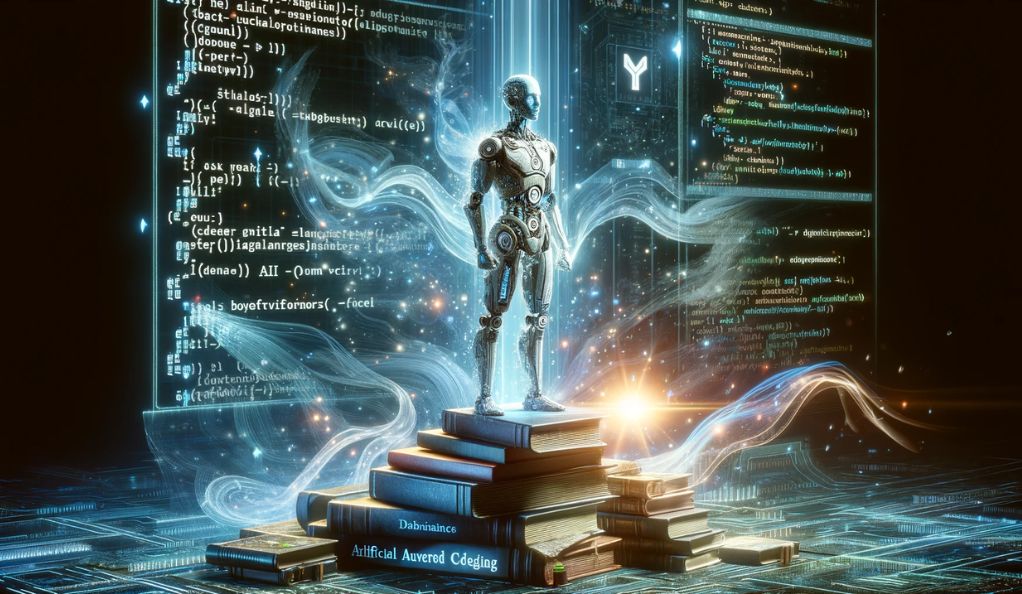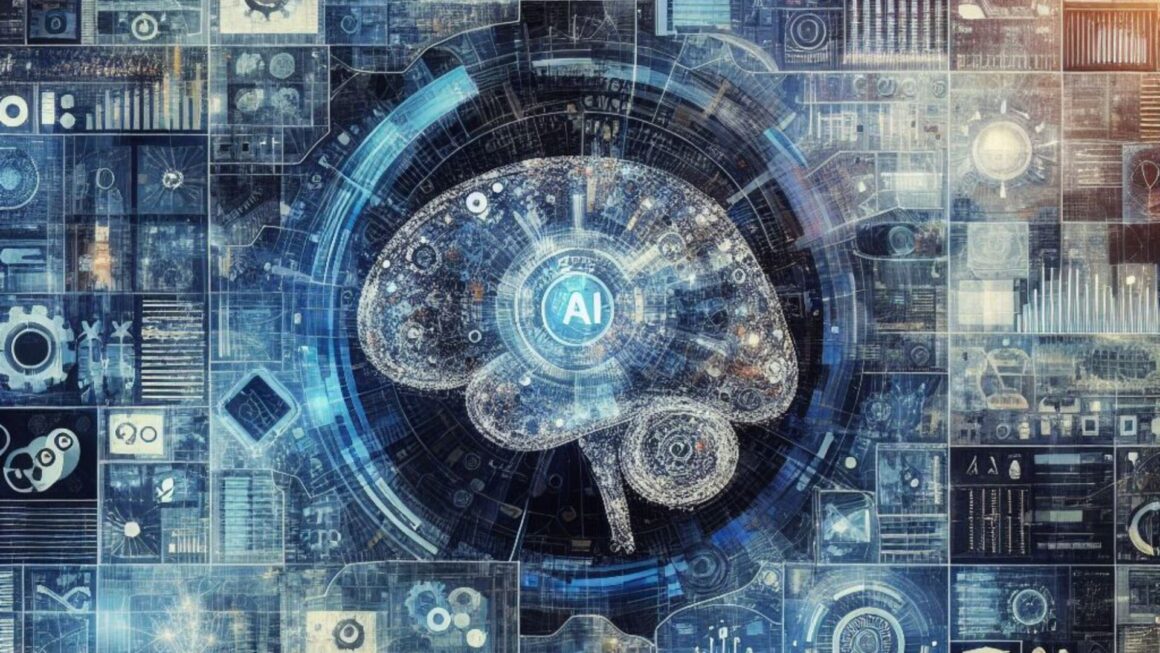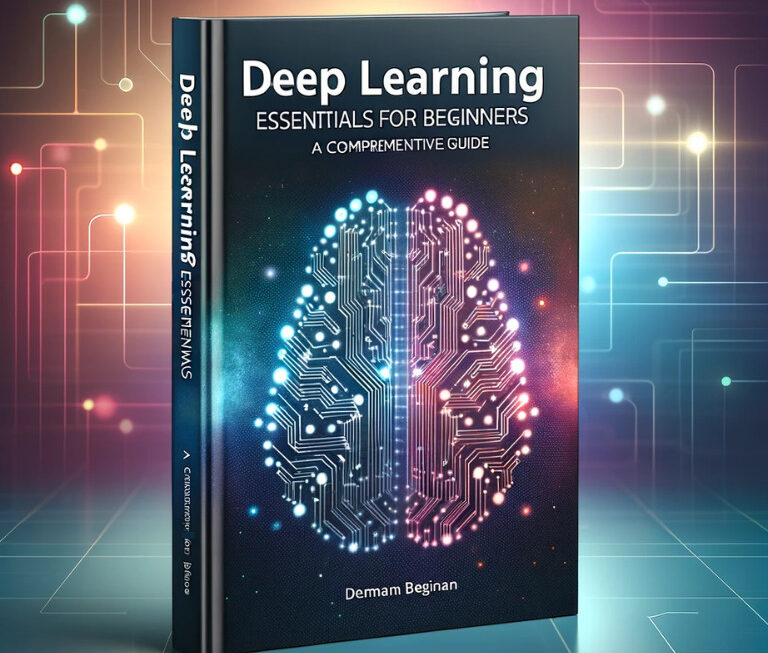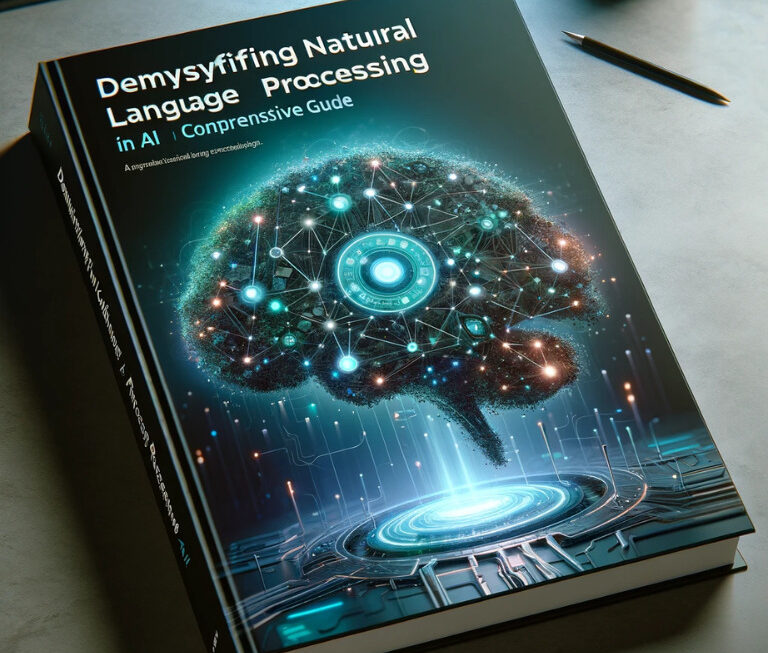The advent of Artificial Intelligence (AI) has revolutionized numerous industries, and software development is no exception. AI-powered coding, or the use of machine learning algorithms to enhance or automate the process of writing code, is a burgeoning field that promises to reshape the landscape of software engineering.
The Evolution of AI in Software Development
AI in software development has evolved from simple code generators to sophisticated systems capable of writing complex algorithms. Initially, AI was used to automate repetitive coding tasks, but it has since grown to assist with more nuanced aspects of coding such as debugging, code optimization, and even writing entire software modules.
The journey began with rule-based systems that could generate code based on predefined templates. As machine learning and deep learning models became more advanced, AI systems started to learn from vast repositories of code available in public and private codebases. This learning enables AI to understand coding patterns, best practices, and even the intent behind code snippets, allowing it to suggest optimizations and improvements.
Current Landscape and Potential of AI-Powered Coding
Today, AI-powered coding tools are integrated into development environments, offering real-time suggestions to developers and drastically reducing the time spent on writing boilerplate code. These tools leverage natural language processing (NLP) to interpret human language, allowing developers to describe functionality in plain English and have the AI generate the corresponding code.
The potential of AI in coding is vast. It can lead to a significant reduction in development time, automate testing and error checking, and even predict future problems by analyzing existing code. Moreover, AI can democratize coding by enabling individuals without formal programming education to create software through high-level instructions.
However, the potential extends beyond mere automation. AI can assist in creating more secure and efficient code, potentially reducing the number of vulnerabilities that can be exploited by malicious entities. It can also contribute to personalized software development, where AI tools adapt to the coding style and preferences of the individual developer, further enhancing productivity.
The Promise of AI-Powered Coding
The promise of AI-powered coding lies in its ability to augment human capabilities. By handling routine aspects of coding, AI allows developers to focus on more creative and complex problem-solving tasks. This collaboration between human intelligence and artificial intelligence is poised to lead to innovative software solutions that were previously unimaginable.
Understanding the Challenges
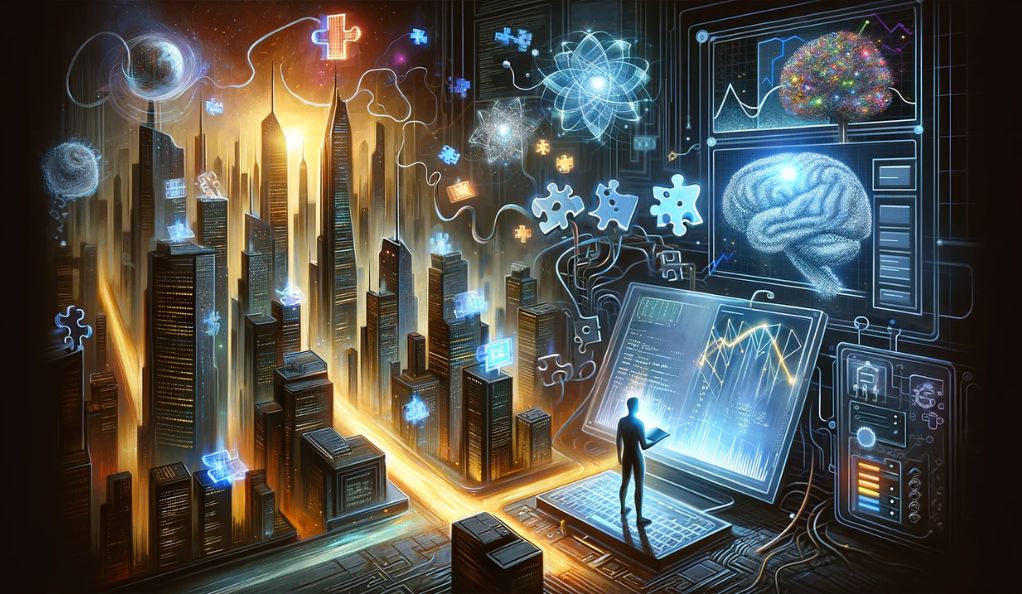
While the integration of AI into coding processes heralds a new era of efficiency and innovation, it also brings forth a set of challenges that must be navigated carefully. These challenges stem from the inherent complexities of AI technologies, the nuances of software development, and the dynamic nature of coding paradigms.
Identifying Common Pitfalls in AI Coding
One of the first steps in overcoming the challenges of AI-powered coding is to identify the common pitfalls associated with it. These pitfalls can range from over-reliance on AI suggestions, which may not always be perfect, to the underestimation of the importance of human oversight in automated processes. For instance, AI may offer a code solution that works in a general context but fails in specific use cases, leading to bugs that are hard to trace and fix.
Another significant pitfall is the potential for AI to generate code that, while functionally correct, may not adhere to best practices or the specific guidelines of a project. This can lead to code that is difficult to maintain or that does not integrate well with existing codebases.
The Complexity of Integrating AI with Traditional Coding Practices
Integrating AI into traditional coding practices is not a straightforward task. It requires a fundamental shift in how developers approach the coding process. Developers are accustomed to a high degree of control over their code, and AI’s suggestions can sometimes seem opaque or counterintuitive, leading to resistance or misuse.
Moreover, the integration of AI requires a robust understanding of the AI’s capabilities and limitations. Developers must be able to discern when to rely on AI and when to apply their expertise. This balance is crucial for ensuring that AI serves as a tool for enhancement rather than a crutch that leads to complacency.
Data Quality and Quantity
The effectiveness of AI in coding is heavily dependent on the quality and quantity of data it has been trained on. AI models learn to code by analyzing large datasets of existing code, which means the data must be representative of good coding practices and cover a wide range of scenarios.
The Importance of Data in AI-Powered Coding
Data is the lifeblood of any AI system. In the context of AI-powered coding, the data must not only be extensive but also meticulously curated. It should include examples of well-written code across various programming languages, frameworks, and domains. This diversity ensures that the AI system can handle a broad spectrum of coding tasks and adapt to different styles and requirements.
Strategies for Ensuring High-Quality, Abundant Datasets
To ensure that AI systems have access to high-quality data, organizations can employ several strategies. One approach is to source code from reputable, well-maintained open-source projects. Another is to collaborate with coding communities to gather a wide array of coding solutions and patterns.
Furthermore, it is essential to continuously update the datasets with new code to reflect the latest practices and technologies. This ongoing process helps prevent the AI from becoming outdated and ensures that it learns from the most current and effective coding standards.
Algorithmic Bias and Fairness
As AI systems are trained on data generated by humans, they are susceptible to inheriting the same biases present in the training material. This can lead to algorithmic bias, where the AI-powered coding tools might favor certain patterns or solutions over others without any logical justification, other than the prevalence of such patterns in the training data.
Recognizing and Mitigating Bias in AI Models
To combat algorithmic bias, it is crucial to recognize its presence and potential impact on AI-generated code. Developers and teams must scrutinize AI suggestions with a critical eye, especially when these suggestions are used in sensitive applications. Regular audits of AI decisions, diversity in training data, and employing fairness-enhancing techniques are all part of a comprehensive strategy to mitigate bias.
Ensuring Fairness and Ethical Considerations in AI Coding
Ensuring fairness in AI-powered coding also involves ethical considerations. It requires a commitment to creating AI that serves diverse user groups and adheres to ethical standards. This may involve setting up ethical guidelines for AI coding practices and ensuring that the AI systems are transparent about how they generate code suggestions.
The Black Box Dilemma
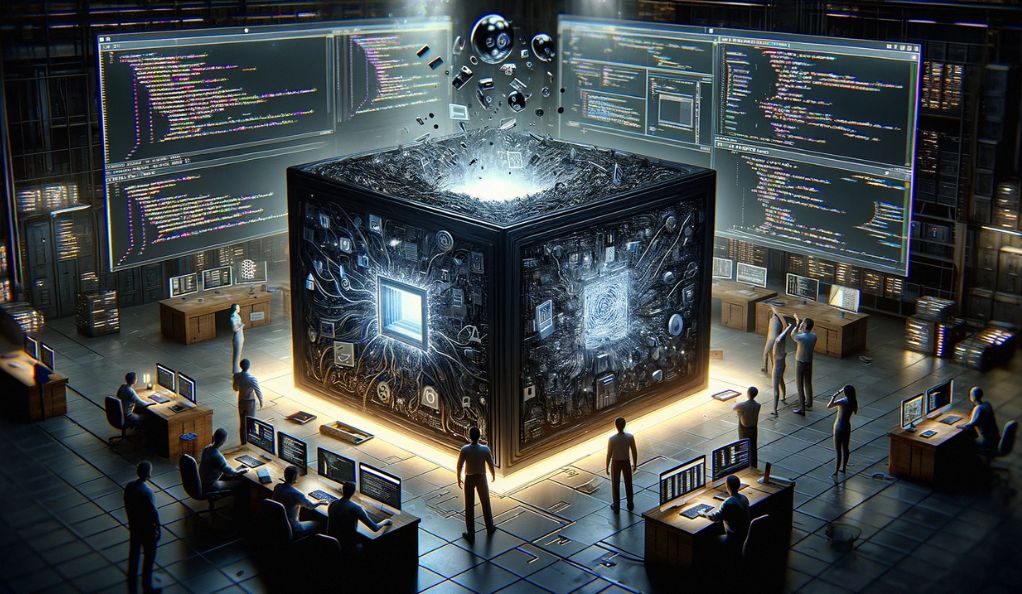
One of the most significant challenges in AI-powered coding is the black box nature of many AI models. This refers to the difficulty in understanding how the AI arrives at a particular solution or suggestion, which can be a major hurdle in debugging and trust-building.
Explaining AI Decisions and the Transparency Issue
To address the black box dilemma, there is a growing field of explainable AI (XAI) that aims to make AI decisions more transparent and understandable to humans. This involves developing AI models that can provide explanations for their suggestions, making it easier for developers to trust and verify the AI-generated code.
Approaches to Make AI in Coding More Interpretable
Approaches to enhance the interpretability of AI in coding include developing visualization tools that map the decision-making process of AI, and creating AI models that can articulate their reasoning in human-readable form. These approaches not only help in building trust but also aid in educating developers about the AI’s capabilities and limitations.
Performance and Scalability
For AI-powered coding tools to be practical, they must perform at a level that matches or exceeds human coders, not only in terms of the quality of the code but also in terms of efficiency and scalability.
Ensuring AI Coding Solutions Are Scalable and Performant
AI solutions must be designed to scale with the needs of the project and the organization. This means that the AI should be able to handle large codebases and complex coding tasks without a significant drop in performance. Techniques such as distributed computing and optimizing AI algorithms for performance are critical in achieving this scalability.
Balancing Speed and Accuracy in AI-Powered Applications
The balance between speed and accuracy is a delicate one. While rapid code generation is desirable, it should not come at the cost of accuracy. AI-powered coding tools must be tuned to ensure that the code they generate is not only fast but also reliable and robust.
Collaboration Between AI and Developers
The synergy between AI-powered tools and human developers is pivotal for the successful implementation of AI in coding. This collaboration is not about replacing human developers but enhancing their capabilities and productivity.
Fostering Effective Collaboration Between AI and Human Coders
Effective collaboration can be fostered by designing AI tools that complement the developer’s workflow. AI can offer suggestions, automate routine tasks, and provide insights, while developers can provide the contextual understanding and creative problem-solving that AI lacks. Tools that learn from individual developer interactions and adapt to their coding styles can significantly boost productivity and reduce the learning curve.
Tools and Practices for Integrating AI into Development Teams
Integrating AI into development teams involves more than just technical solutions; it requires a cultural shift as well. Development teams need to be educated on the benefits and limitations of AI, and processes should be put in place to facilitate a partnership between AI and human intelligence. This includes regular training sessions, collaborative coding practices, and establishing protocols for when and how to use AI-powered coding tools.
Security and Privacy Concerns
With the increasing use of AI in coding, security and privacy concerns come to the forefront. AI systems that generate code could inadvertently introduce security vulnerabilities or expose sensitive data if not properly managed.
Addressing Security Risks in AI-Powered Coding
To address security risks, AI-powered tools must be designed with security in mind from the ground up. This includes implementing secure coding practices in the AI’s code generation process and conducting thorough security audits of the AI systems themselves. Additionally, AI tools should be transparent in their operations, allowing developers to understand how code is generated and to verify that it adheres to security standards.
Protecting Privacy While Leveraging AI in Software Development
Protecting privacy is equally important. AI systems that process code may have access to sensitive business logic or personal data. Ensuring that these systems are compliant with privacy regulations and employing techniques such as data anonymization can help maintain privacy while still benefiting from AI assistance.
Adaptation and Continuous Learning

The field of software development is constantly evolving, with new languages, frameworks, and paradigms emerging regularly. For AI-powered coding tools to remain relevant, they must be capable of adaptation and continuous learning.
The Need for Continuous Learning and Adaptation in AI Models
AI models must be designed to learn continuously from new data, adapting to changes in coding practices and technologies. This involves not just passive learning from new datasets but also active learning from feedback provided by human developers. By incorporating feedback loops, AI systems can refine their suggestions and evolve alongside the development landscape.
Keeping AI Coding Solutions Up-to-Date with Evolving Technologies
Keeping AI coding solutions up-to-date requires a commitment to ongoing training and development. This may involve retraining AI models with new data, updating algorithms to accommodate new coding paradigms, and staying abreast of the latest developments in both AI and software development.
Conclusion: The Future of AI-Powered Coding
In conclusion, while AI-powered coding presents a range of challenges, it also offers unprecedented opportunities for enhancing the software development process. By addressing issues of bias, transparency, performance, collaboration, security, and privacy, and by fostering an environment of continuous learning and adaptation, AI can significantly augment the capabilities of human developers.
The future of AI-powered coding is bright, with the potential to not only streamline development processes but also to enable the creation of more sophisticated, reliable, and secure software. As we continue to explore and refine the integration of AI into coding, we pave the way for a new era of software development characterized by innovation, efficiency, and collaboration.

